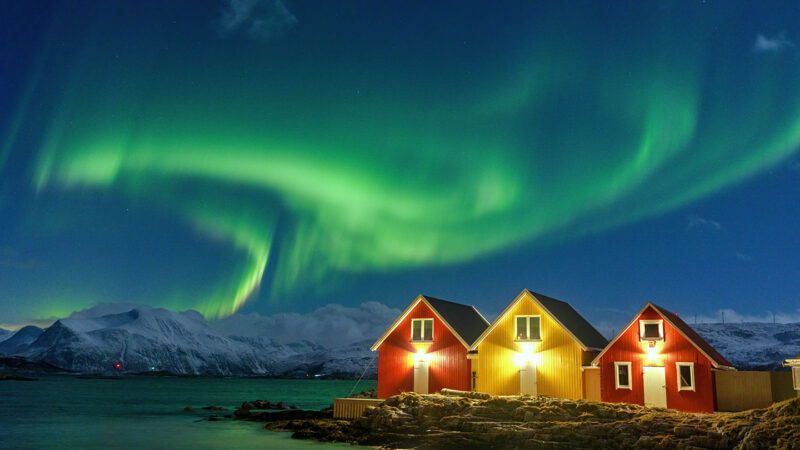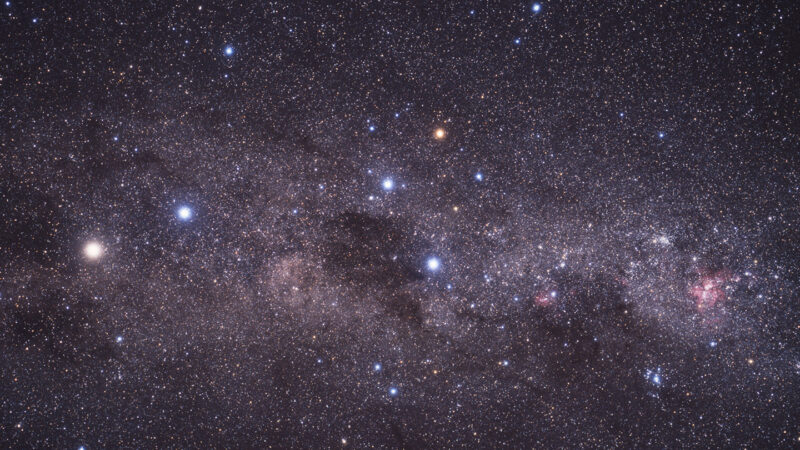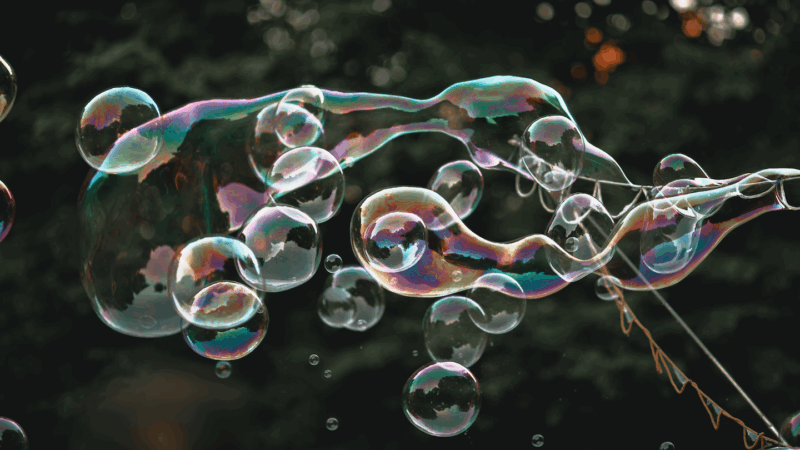Magnetosphere, (noun, “mag-NET-tuh-sfear”)
The magnetosphere is a planet-wide magnetic field. It protects Earth from high-energy particles from space, such as solar winds and cosmic rays.
Other planets can have magnetospheres, too. Examples include Jupiter, Saturn and Mercury. But of the rocky planets, Earth has the strongest one. That’s a big part of why we live here.
Without this protection, streams of high-energy particles from the sun — solar winds — would whisk away our atmosphere’s cozy layers. In fact, scientists believe that’s exactly what happened to a planetary neighbor. About 4 billion years ago, Mars probably had its own magnetosphere. And a sizable atmosphere, too. But when this shield was lost, solar winds blew away that atmosphere. Today, Mars appears devoid of life. That’s in stark contrast to our vibrant planet.
We cannot see our magnetosphere. Sometimes, though, we can see its effects. During an aurora, ribbons of light ripple across the sky. This light show results from solar winds interacting with our magnetosphere. That interaction excites atoms in the air, producing vibrant curtains of color. Lime green — the color most often witnessed — results from energized oxygen atoms.
Deep below Earth’s surface, molten iron surrounds a solid-metal inner core. This churning liquid metal generates our planet’s magnetic field.
Solar winds mold our magnetosphere into a comet-like shape. The charged particles pummel the magnetosphere’s sun-facing side, smooshing the field to a distance of about 10 times Earth’s radius. On the other side, however, those solar winds drag the magnetosphere out into what’s called the magnetotail. It stretches about 10 times longer than the dayside’s field.
In a sentence
Earth’s magnetosphere gives rise to a variety of aurora events, including a new type called “dunes.”
Check out the full list of Scientists Say.
Do you have a science question? We can help!
Submit your question here, and we might answer it an upcoming issue of Science News Explores

















